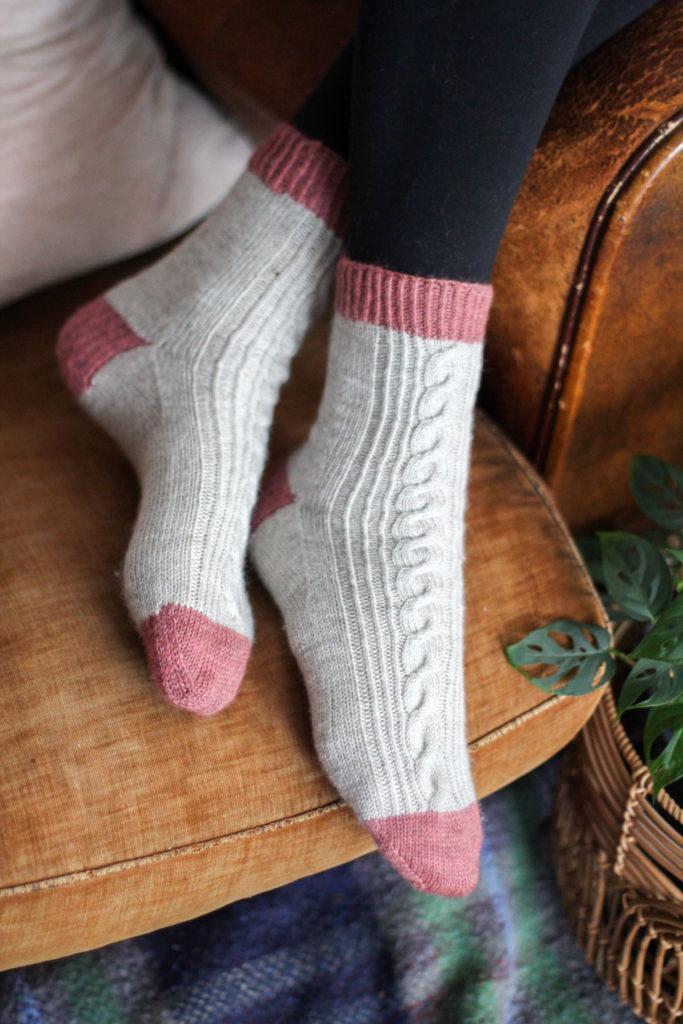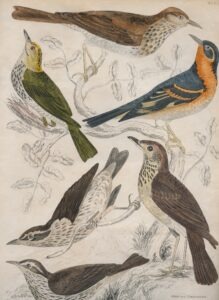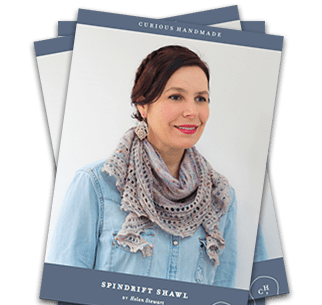Choosing a cast-on method is a very individual thing: what one person loves another person might find tricky. It’s smart to play around with a few different techniques and practice a little until you find a method that suits you.
The type of cast on you need will depend on whether you’re knitting your socks from the top down or the toe up. I’ve collected some interesting methods and handy resources for you about both types of cast ons. These are just the tip of the iceberg, though. If you want to explore further afield, YouTube is full of clever knitters more than willing to share their sock cast on knowledge. I’ve learned so much watching and rewatching technique videos from smart, generous YouTubers!
Top down:
Top down socks are the most common construction. The main concern is to choose a very stretchy cast on, so that your foot can slide easily and comfortably into your sock, and the cuff won’t pinch or cut off the circulation to your foot! There are a lot of stretchy cast ons out there, but these are two that come highly recommended
Knitted cast on:
This isn’t the stretchiest cast on out there, but it is my go to cast on for most projects – its probably not the best one but it does the trick and sometimes you just need to get started with the skills already in the bag! This is a great little video tutorial to help you learn the Knitted cast on, by the always fabulous Very Pink. A common alternative that lots of people already have down, is the long tail cast on, another good option.
German twisted cast on:
This is the cast on that my friend Dani of Little Bobbins recommends. This variation on the long tail cast on is simple to learn, and it’s very well suited to socks: very stretchy, deep, and sturdy. And with the extra twist, it’s a little fancy, too. I like this step-by-step guide, from The Spruce. I’m planning on learning and practicing this one so I can have a lovely stretchy sock.
Toe up:
There are many different ways to begin your toe up sock and a provisional cast on is one of the most common. One of the most popular is:
Judy’s Magic Cast On
The magic in this cast on is that it allows you to begin your sock with a seamless toe, so there’s no finishing! It can be a little fiddly to master this one, but I think the payoff is worth it. There’s another wonderful tutorial by Clare from Sister Mountain you can check out here.
Casting on socks for the first time can be a little fiddly, so remember to slow down, breathe deep, and give yourself some grace to practice and start over until you’re comfortable. Once you’ve found the cast on that suits you, it will become second nature. If you would like to share your favourite cast on methods please come and chat in the Curious Handmade Ravelry group!
I hope this series of sock-knitting guides has helped you feel confident and prepared for knitting your own socks, even if you’ve never cast on a single pair before! If you’re feeling ready to dive into the deep end, The first season of The Handmade Sock Society is a great place to start. With six wonderful secret sock patterns to discover and a warm, supportive community to cheer you on, I think you’ll be amazed at what you can accomplish!
Part 1 of The Sock Series: Choosing Yarn
Part 2 of The Sock Series: Needles and Techniques
Part 4 of The Sock Series: Avoiding Holes in the Gusset
Part 5 of The Sock Series: Closing the Toes





